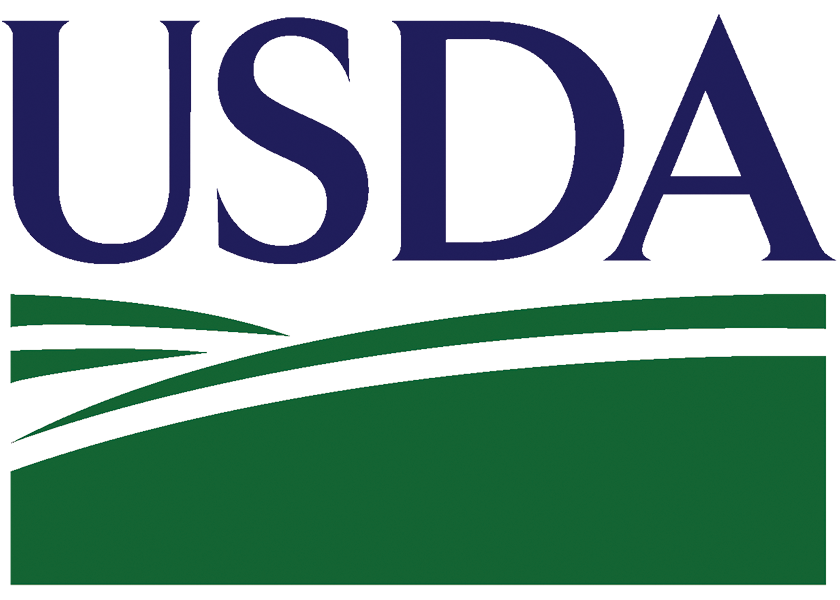PF Report Reaction: U.S. corn, wheat ending stocks higher than expected

Market reaction
Ahead of USDA's reports, corn futures were trading 4 to 11 cents higher, soybeans were 15 to 28 cents higher, wheat futures were 22 to 28 cents higher and cotton futures were 45 to 80 points higher.
As of 11:30 a.m. CT, corn futures are trading 5 to 7 cents higher, soybeans are 15 to 25 cents higher, wheat futures are mostly 18 to 21 cents higher and cotton is 20 to 40 points higher.
USDA’s April Supply & Demand Report started with the following note: Russia’s recent military action in Ukraine significantly increased the uncertainty of agricultural supply and demand conditions in the region and globally. The April WASDE represents an ongoing assessment of the short-term impacts as a result of this action.
U.S. carryover
Corn: 1.440 billion bu. for 2021-22; unchanged from 1.440 billion bu. in March
Beans: 260 million bu. for 2021-22; down from 285 million bu. in March
Wheat: 678 million bu. for 2021-22; up from 653 million bu. in March
Cotton: 3.5 million bales for 2021-22; unchanged from 3.5 million bales in March
USDA left its old-crop corn ending stocks projection at 1.440 million bu., whereas traders expected a 25-million-bu. reduction. USDA raised food, seed and industrial use by 25 million bu. (to 6.810 billion bu.), with all of that increase going to corn-for-ethanol use (now forecast at 5.375 billion bu.). USDA cut feed and residual use by 25 million bushels (to 5.625 billion bu.). USDA raised its 2021-22 national average on-farm cash corn price by 15 cents from last month to $5.80.
USDA cut its old-crop soybean ending stocks forecast by 25 million bu. from last month to 260 million bu., which was virtually in line with pre-report expectations. USDA increased soybean exports by 25 million bushels (to 2.115 billion bu.). It increased seed use by 4 million bu. from last month to reflect the stronger plantings indicated in the Prospective Plantings Report and cut residual use by 3 million bushels. Despite the lower ending stocks forecast, USDA left its 2021-22 national average on-farm cash soybean price at $13.25.
USDA raised its old-crop wheat ending stocks projection by 25 million bu. from last month to 678 million bu., which was 22 million bu. above the average pre-report estimate. USDA cut projected wheat exports by 15 million bu. (to 785 million bu.) and feed and residual use by 10 million bushels (to 100 million bu.). Despite the higher ending stocks forecast, USDA raised its 2021-22 national average on-farm cash wheat price by a dime from last month to $7.60.
USDA left its old-crop cotton ending stocks projection at 3.5 million bales, whereas traders expected a modest 40,000-bale increase. USDA made no changes to the supply or demand sides of the old-crop balance sheet this month. But it raised the 2021-22 national average on-farm cash price forecast by a penny to 91 cents per pound.
Global carryover
Corn: 305.46 MMT for 2021-22; up from 300.97 MMT in March
— compares with 292.15 MMT in 2020-21
Beans: 89.58 MMT for 2021-22; down from 89.96 MMT in March
— compares with 103.11 MMT in 2020-21
Wheat: 278.42 MMT for 2021-22; down from 281.51 MMT in March
— compares with 290.67 MMT in 2020-21
Cotton: 83.38 million bales for 2021-22; up from 82.57 million bales in March
— compares with 87.35 million bales in 2020-21
Global production highlights
Argentina beans: 43.5 MMT for 2021-22; compares with 43.5 MMT in March
— compares with 46.2 MMT in 2020-21
Brazil beans: 125.0 MMT for 2021-22; compares with 127.0 MMT in March
— compares with 139.5 MMT in 2020-21
Argentina wheat: 21.0 MMT for 2021-22; compares with 20.5 MMT in March
— compares with 17.64 MMT in 2020-21
Australia wheat: 36.3 MMT for 2021-22; compares with 36.3 MMT in March
— compares with 33.3 MMT in 2020-21
China wheat: 136.95 MMT for 2021-22; compares with 136.95 MMT in March
— compares with 134.25 MMT in 2020-21
Canada wheat: 21.65 MMT for 2021-22; compares with 21.65 MMT in March
— compares with 35.18 MMT in 2020-21
EU wheat: 138.42 MMT for 2021-22; compares with 139.0 MMT in March
— compares with 126.69 MMT in 2020-21
Russia wheat: 75.16 MMT for 2021-22; compares with 75.16 MMT in March
— compares with 85.35 MMT in 2020-21
Ukraine wheat: 33.0 MMT for 2021-22; compares with 33.0 MMT in March
— compares with 25.42 MMT in 2020-21
China corn: 272.55 MMT for 2021-22; compares with 272.55 MMT in March
— compares with 260.67 MMT in 2020-21
Argentina corn: 53.0 MMT for 2021-22; compares with 53.0 MMT in March
— compares with 52.0 MMT in 2020-21
Brazil corn: 116.0 MMT for 2021-22; compares with 114.0 MMT in March
— compares with 87.0 MMT in 2020-21
Ukraine corn: 41.9 MMT for 2021-22; compares with 41.9 MMT in March
— compares with 30.3 MMT in 2020-21
South Africa corn: 16.3 MMT for 2021-22; compares with 16.3 MMT in March
— compares with 16.95 MMT in 2020-21
China cotton: 27.0 million bales for 2021-22; compares with 27.0 million bales in March
— compares with 29.5 million bales in 2020-21






